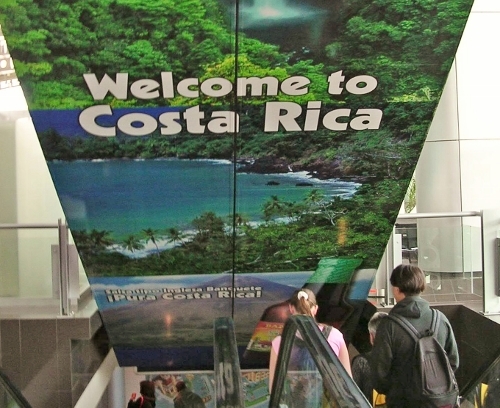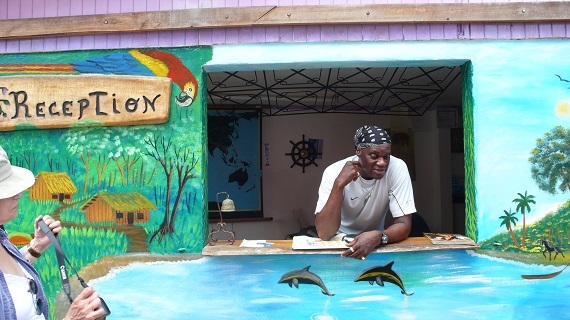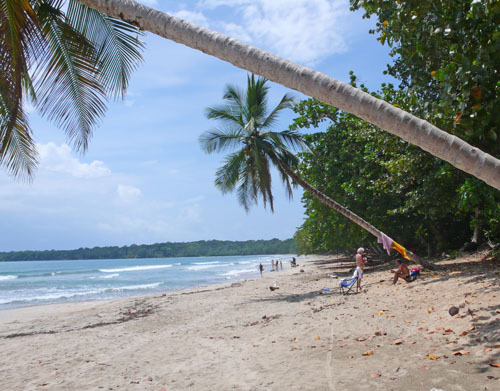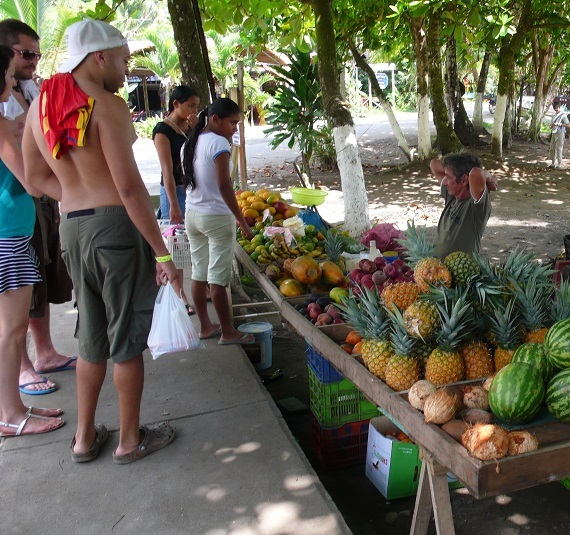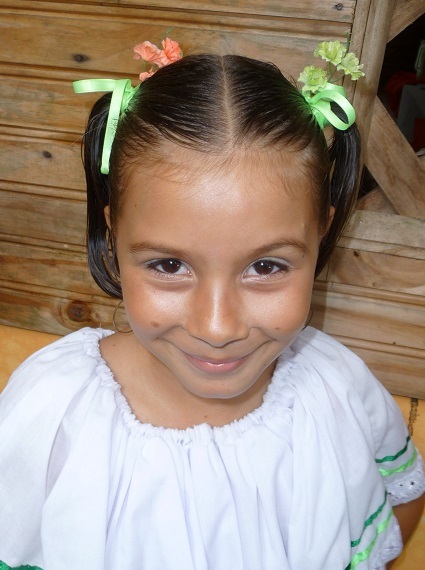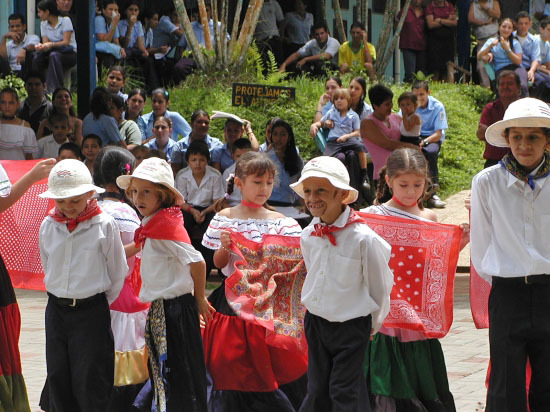Next time you get off a jet at Costa Rica's main airport at San Jose check out the name of the terminal. You'll spot the same name around the country on avenues, statues, parks, plazas and shopping centers. Even on casinos.
That name - Juan Santamaria - first made the headlines in April of 1856, when Americans were in a bitter election year. Few were aware, or even cared, what was going on thousands of miles south of the border in Nicaragua. Actually, something that would have a profound effect on America's future was taking place down there. Among the main players were an American billionaire and his vast steamship empire, a mercenary army hired by the billionaire, a Nicaraguan rebel army, the U.S. Congress, what later runed out to be the Panama Canal and a 24-year-old drummer boy in the Costa Rican army.
Enter the Billionaire
When gold was discovered in Northern California in the mid-1800s, railroad
magnate Cornelius Vanderbilt hit paydirt with a fleet of steamships carrying miners down the east coast to ports in Nicaragua, where they hopped on smaller steamers (also owned by Vanderbilt) to cross the country on river routes through the jungles. On the other side, Vanderbilt's bigger steamships waited to take them up the Pacific shores to San Francisco.
About half-way up the Mexican coast, ships packed with 49ers typically stopped at Mazatlan to let the lads enjoy a little R&R at the city's restaurants, libraries and museums (and likely at places of other delights). Then they re-boarded the steamers for a trip up the west coast to San Francisco, and then riches in the gold fields.
At the time, France had struck out in an attempt to dig a 50-mile-long canal out of the muck and jungles of Panama, and the U.S. congress was mulling heavy lobbying to take over the failed French venture. Vanderbilt, on the other hand, was said to be putting pressure on Congress to build a canal across Nicaragua by linking up the country's lakes and rivers (over which he already operated a transport service). But Congress was reluctant to act, one reason being that rebels threatened to unseat the government of Nicaragua.
Enter the Mercenaries
Congress could hardly back the Nicaragua project in the middle of a rebellion, so Vanderbilt stepped in to restore stability to the country - by footing the bill for an army of American mercenaries to boot out the rebels.
Led by a 30-year-old adventurer named William Walker (who'd once tried to invade Mexico), the mercs earned their keep and sent the rebels packing. But then Walker double-crossed Vanderbilt. He took over the government, declared himself president and renamed the country "Walkeragua" (with English as its official language). While he was at it, he also took over Vanderbilt's trans-Nicaragua water transit system.
History is a little fuzzy on what happened next. In one report, Vanderbilt retaliated by getting neighboring Costa Rica to declare war on Walker; in another, Costa Rica strongman Juan Rafael Mora decided to invade Nicaragua on his own.
In any event, a key battle took place at Rivas just north of the border, and when the dust settled Walker had cleared out. And Costa Rica had a national hero.
Enter the Drummer Boy
At the high point of the battle, the Costa Ricans found themselves pinned down by Walker's men, who'd holed up in a strategically located building. But Juan Santamaria, a Costa Rican drummer boy, saved the day when he volunteered to toss a torch on the thatched rood of the building, even if it meant exposing himself to heavy fire.
The boy's plan worked. The enemy abandoned the building, letting the Costa Ricans move on to occupy the town. But the victory turned out to be bittersweet because it was learned later that the boy had died, gunned down by an enemy sniper.
Santamaria has been remembered ever since then as Costa Rica's national hero. And if you happen to be there on April 11, you'll find yourself enjoying an annual holiday in his honor
Footnotes: Walker's end came in 1860, when after a failed foray in Honduras he ended up facing a firing squad. He was 36 years old at the time.
Walker's exploits were dramatized in a 1987 movie starring Ed Harris. The title of the film (which was generally panned by the critics but later became an American classic) was Walker.
Photos by Bob Schulman
